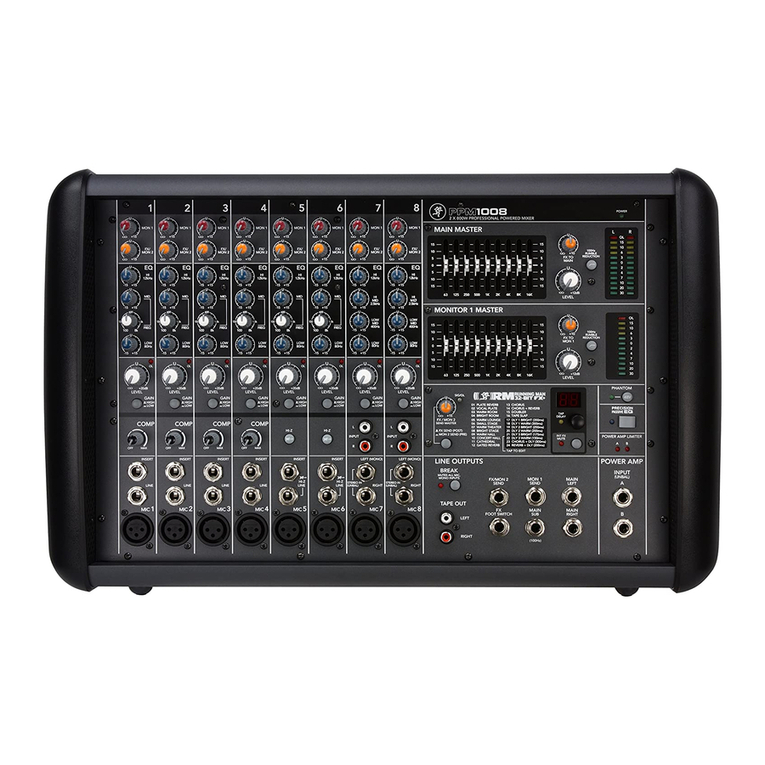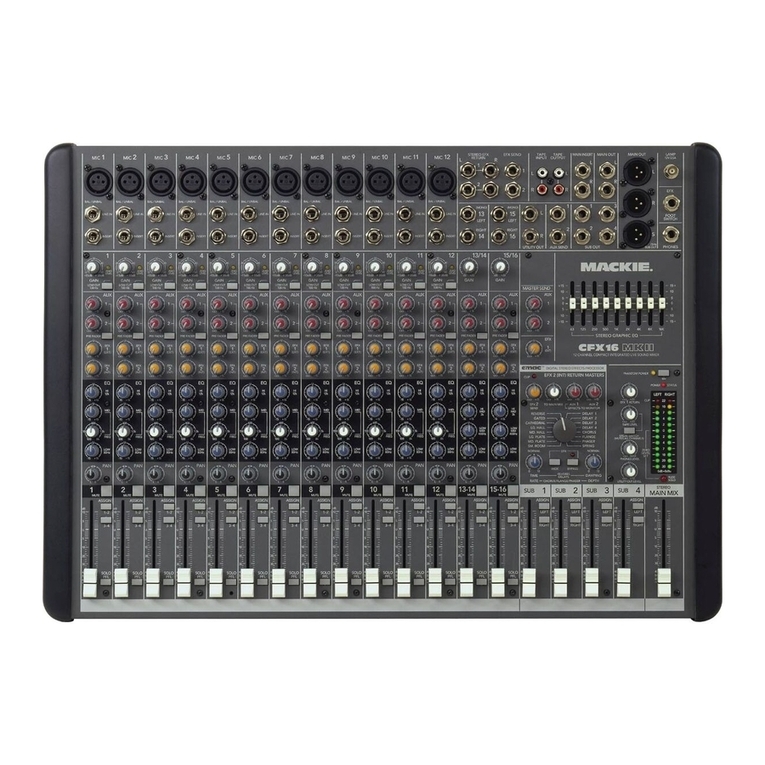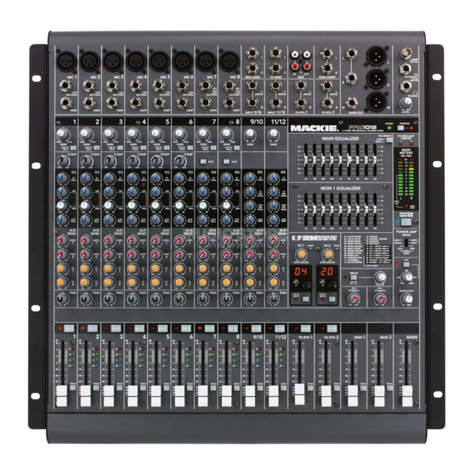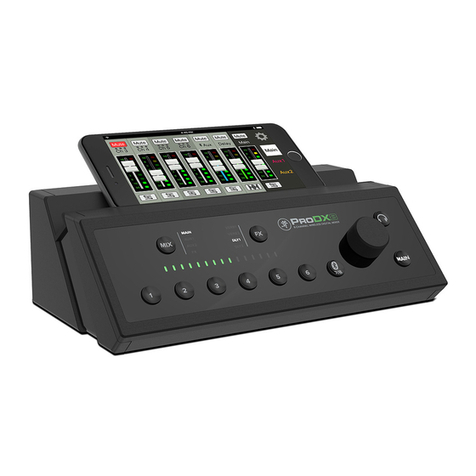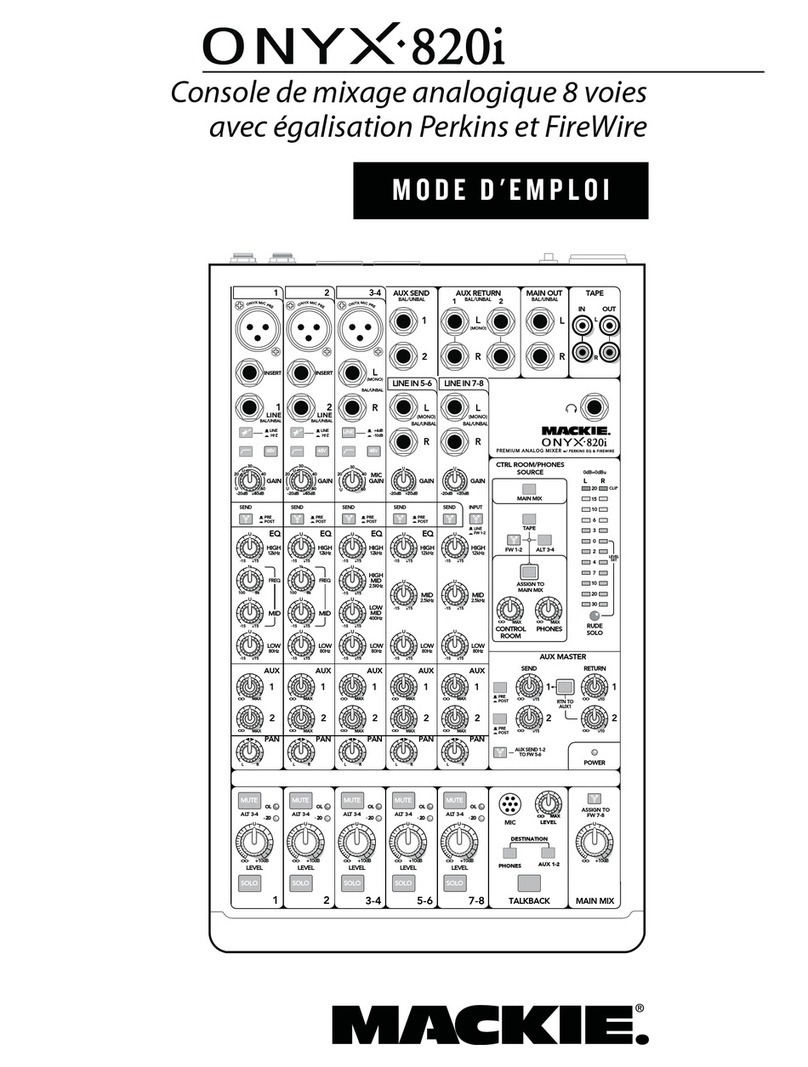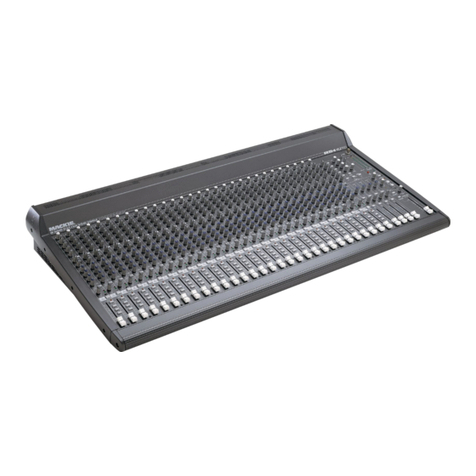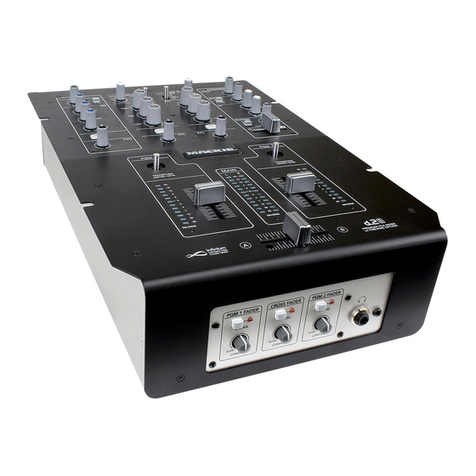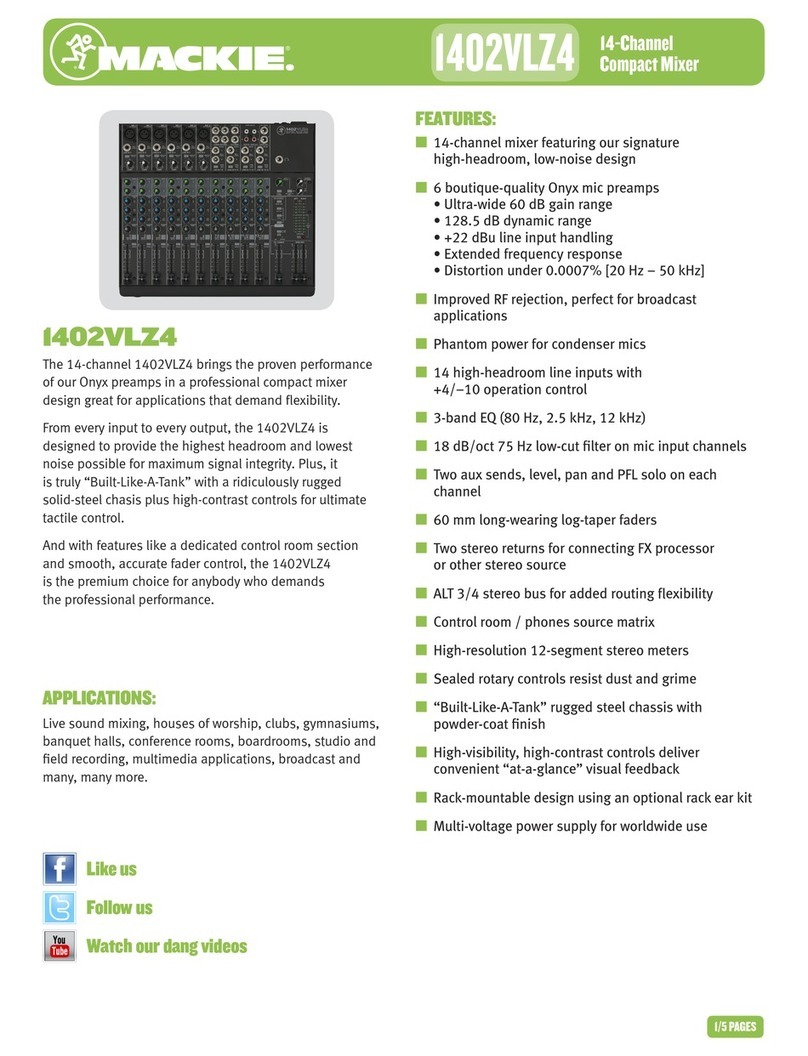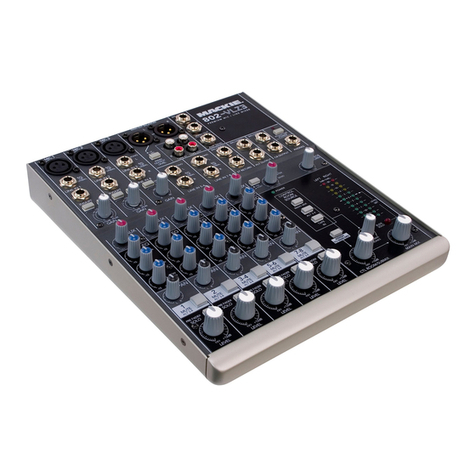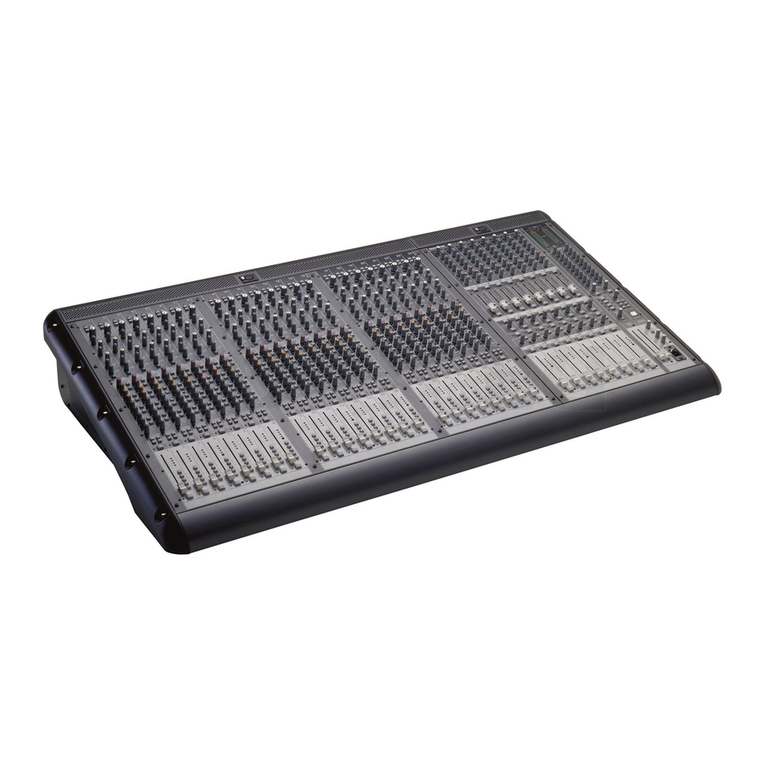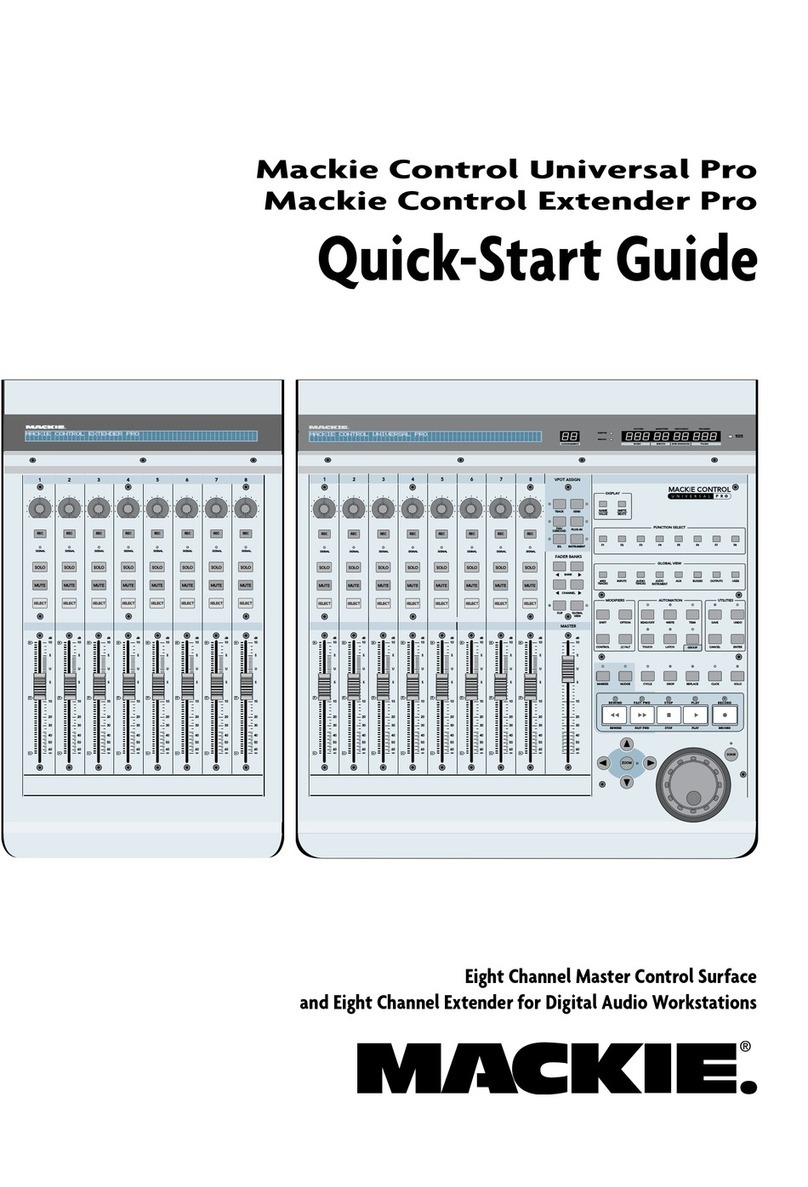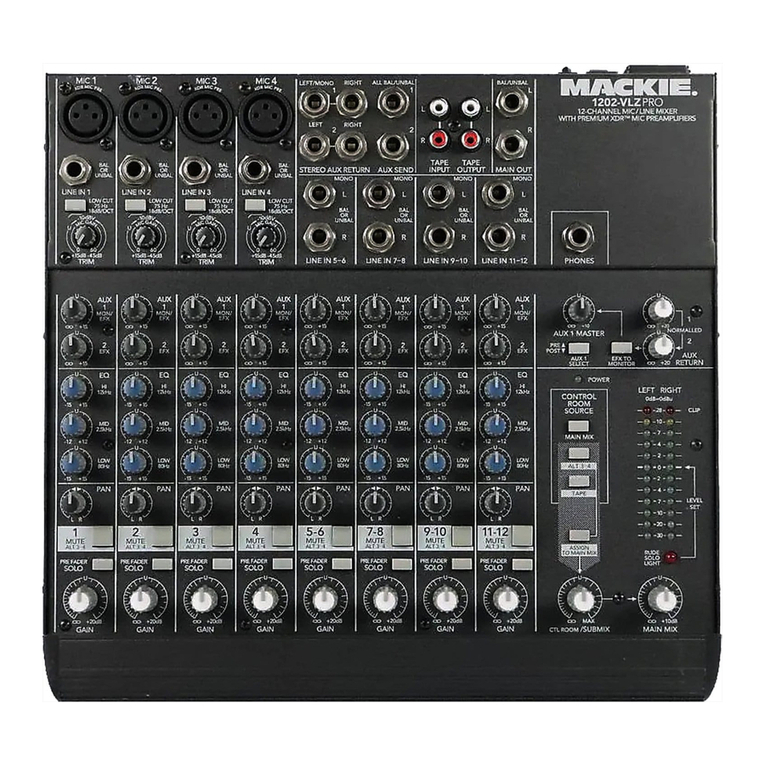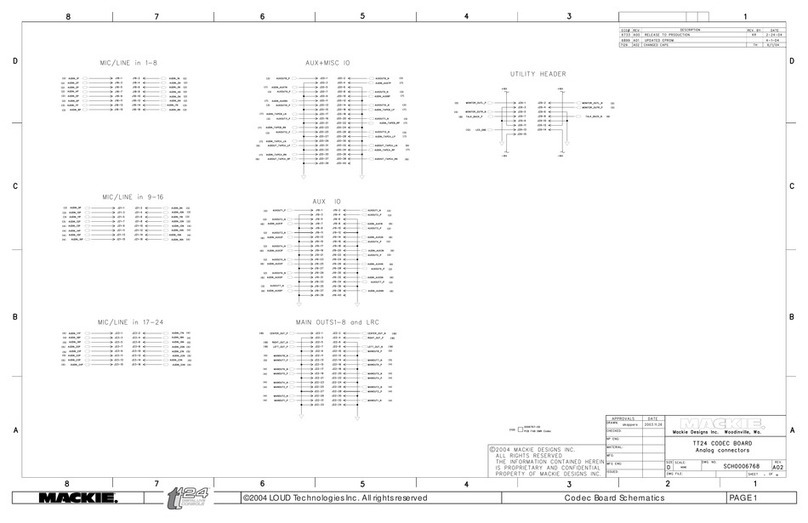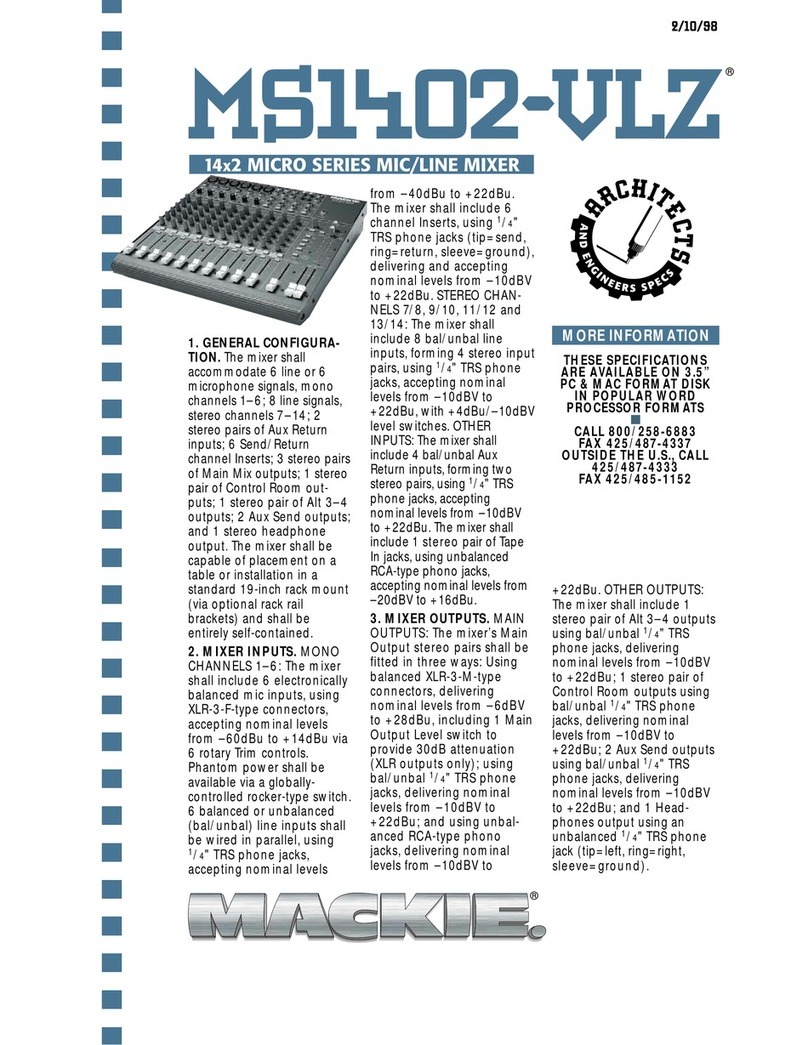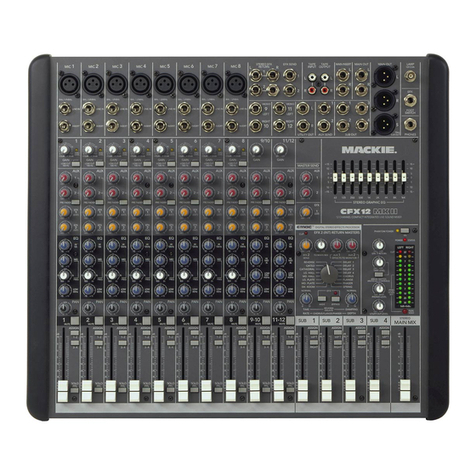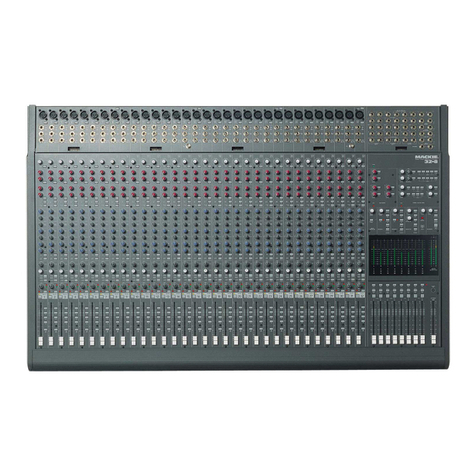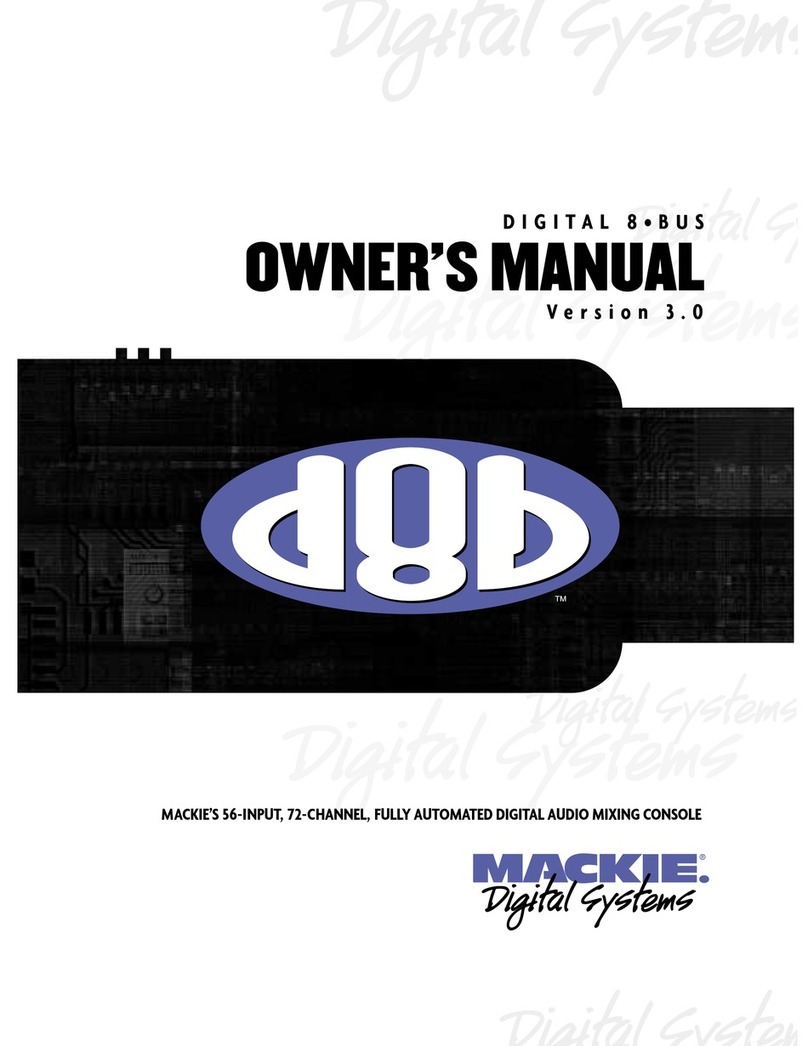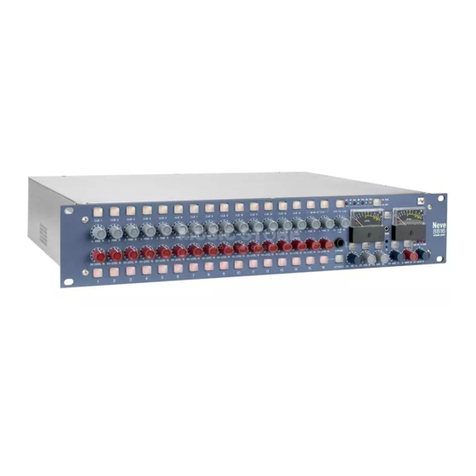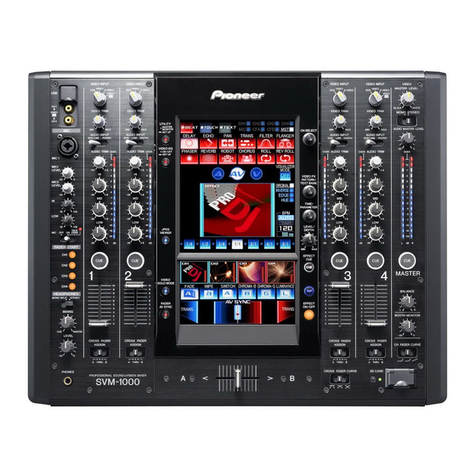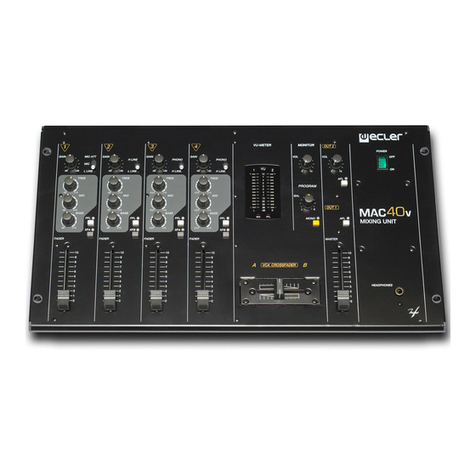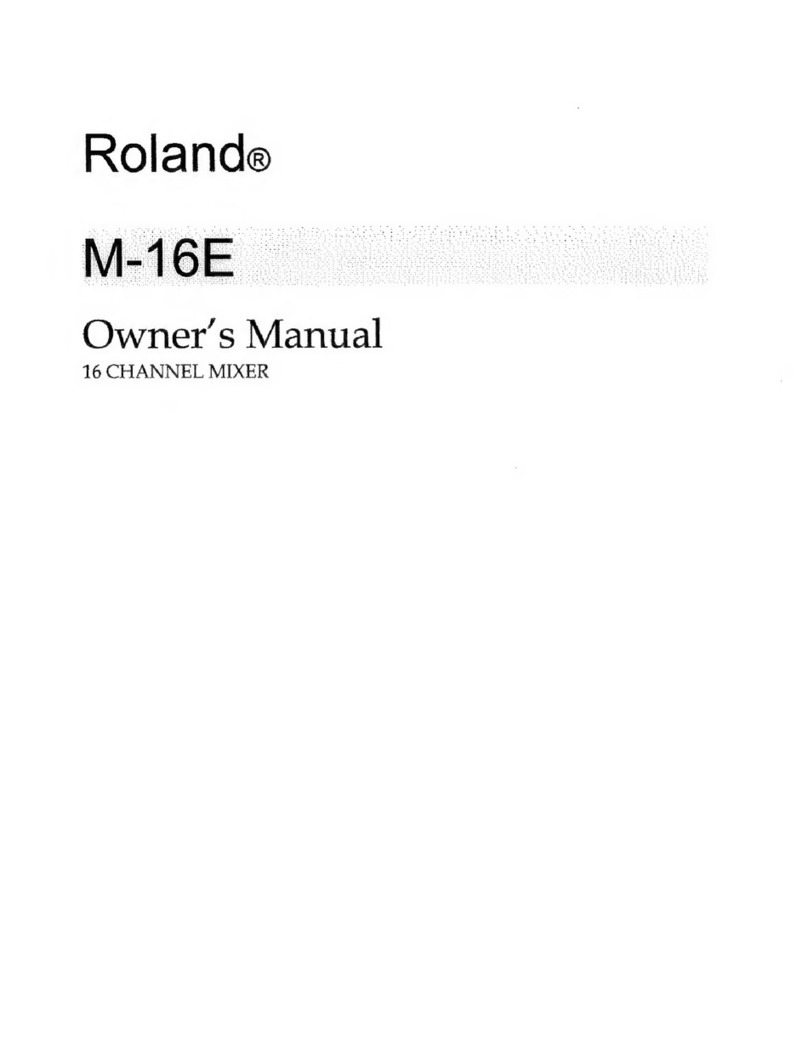
CAUTION AVIS
RISK OF ELECTRIC SHOCK
DO NOT OPEN
RISQUE DE CHOC ELECTRIQUE
NE PAS OUVRIR
CAUTION: TO REDUCE THE RISK OF ELECTRIC SHOCK
DO NOT REMOVE COVER (OR BACK)
NO USER-SERVICEABLE PARTS INSIDE
REFER SERVICING TO QUALIFIED PERSONNEL
ATTENTION: POUR EVITER LES RISQUES DE CHOC
ELECTRIQUE, NE PAS ENLEVER LE COUVERCLE. AUCUN
ENTRETIEN DE PIECES INTERIEURES PAR L'USAGER. CONFIER
L'ENTRETIEN AU PERSONNEL QUALIFIE.
AVIS: POUR EVITER LES RISQUES D'INCENDIE OU
D'ELECTROCUTION, N'EXPOSEZ PAS CET ARTICLE
A LA PLUIE OU A L'HUMIDITE
The lightning flash with arrowhead symbol within an equilateral
triangle is intended to alert the user to the presence of uninsulated
"dangerous voltage" within the product's enclosure, that may be
of sufficient magnitude to constitute a risk of electric shock to persons.
Le symbole éclair avec point de flèche à l'intérieur d'un triangle
équilatéral est utilisé pour alerter l'utilisateur de la présence à
l'intérieur du coffret de "voltage dangereux" non isolé d'ampleur
suffisante pour constituer un risque d'éléctrocution.
The exclamation point within an equilateral triangle is intended to
alert the user of the presence of important operating and maintenance
(servicing) instructions in the literature accompanying the appliance.
Le point d'exclamation à l'intérieur d'un triangle équilatéral est
employé pour alerter les utilisateurs de la présence d'instructions
importantes pour le fonctionnement et l'entretien (service) dans le
livret d'instruction accompagnant l'appareil.
SAFETY INSTRUCTIONS
1. ReadInstructions—Allthesafetyandoperation
instructionsshouldbereadbeforethisMackieproductis
operated.
2. RetainInstructions—Thesafetyandoperating
instructionsshouldbekeptforfuturereference.
3. HeedWarnings—Allwarningsonthis Mackie productand
intheseoperatinginstructionsshouldbefollowed.
4. FollowInstructions—Alloperatingandotherinstructions
shouldbefollowed.
5. WaterandMoisture—ThisMackieproductshouldnotbe
usednearwater–forexample,nearabathtub,washbowl,
kitchensink,laundrytub,inawetbasement,neara
swimmingpool,swamporsalivatingSt.Bernarddog,etc.
6. Heat—ThisMackieproductshouldbesituatedaway
fromheatsourcessuchasradiators,orotherdeviceswhich
produceheat.
7. PowerSources—ThisMackieproductshouldbe
connectedtoapowersupplyonlyofthetypedescribedin
theseoperationinstructionsorasmarkedonthisMackie
product.
10. Damage Requiring Service — This Mackie product
shouldbeservicedonlybyqualifiedservicepersonnelwhen:
A. Thepower-supplycordortheplughasbeen
damaged;or
B. Objectshavefallen,orliquidhasspilledinto
thisMackieproduct;or
C. ThisMackieproducthasbeenexposedtorain;
or
D. ThisMackieproductdoesnotappeartooperate
normallyorexhibitsamarkedchangein
performance;or
E. ThisMackieproducthasbeendropped,orits
chassisdamaged.
11. Servicing — The user should not attempt to service this
Mackieproductbeyondthosemeansdescribedinthis
operatingmanual.Allotherservicingshouldbereferredtothe
MackieServiceDepartment.
12. To prevent electric shock, do not use this polarized plug
withanextensioncord,receptacleorotheroutletunlessthe
bladescanbefullyinsertedtopreventbladeexposure.
Pourpréevenirleschocsélectriquesnepasutilisercettefiche
polariseéavecunprolongateur,unprisedecourantouune
autresortiedecourant,saufsileslamespeuventêtreinsérées
àfondsanslaisseraucunepariieàdécouvert.
13. GroundingorPolarization—Precautionsshouldbe
takensothatthegroundingorpolarizationmeansofthis
Mackieproductisnotdefeated.
14. This apparatus does not exceed the Class A/Class B
(whicheverisapplicable)limitsforradionoiseemissionsfrom
digitalapparatusassetoutintheradiointerference
regulationsoftheCanadianDepartmentofCommunications.
ATTENTION—Leprésentappareilnumériquen’émetpasde
bruitsradioélectriquesdépassantlaslimitesapplicablesaux
appareilsnumériquesdeclassA/declassB(selonlecas)
prescritesdanslerèglementsurlebrouillageradioélectrique
édictéparlesministeredescommunicationsduCanada.
15. Topreventhazardordamage,ensurethatonly
microphone cables and microphones designed to IEC 268-15A
are connected.
Duration Per Day Sound Level dBA, Typical
In Hours Slow Response Example
8 90 Duoinsmallclub
692
4 95 SubwayTrain
397
2 100 Veryloudclassicalmusic
1.5 102
1 105 PatricescreamingatRonaboutdeadlines
0.5 110
0.25orless 115 Loudestpartsatarockconcert
WARNING —Toreduce therisk of fire or electricshock,
donot expose this appliance torain ormoisture.
8. PowerCordProtection—Powersupply
cordsshouldberoutedsothattheyarenot
likelytobewalkeduponorpinchedbyitems
placeduponoragainstthem,paying
particularattentiontocordsatplugs,
conveniencereceptacles,andthepointwhere
theyexitthisMackieproduct.
9. ObjectandLiquidEntry—Careshouldbe
takensothatobjectsdonotfallintoand
liquidsarenotspilledintotheinsideofthis
Mackie product.
